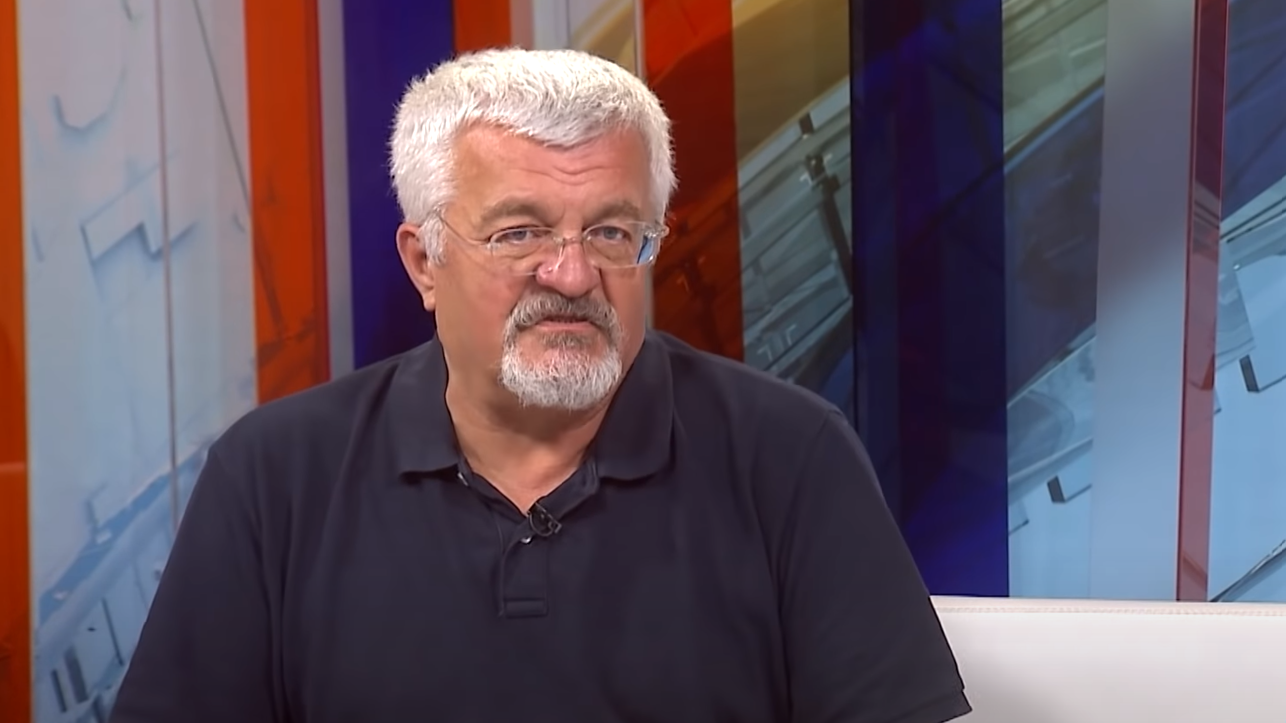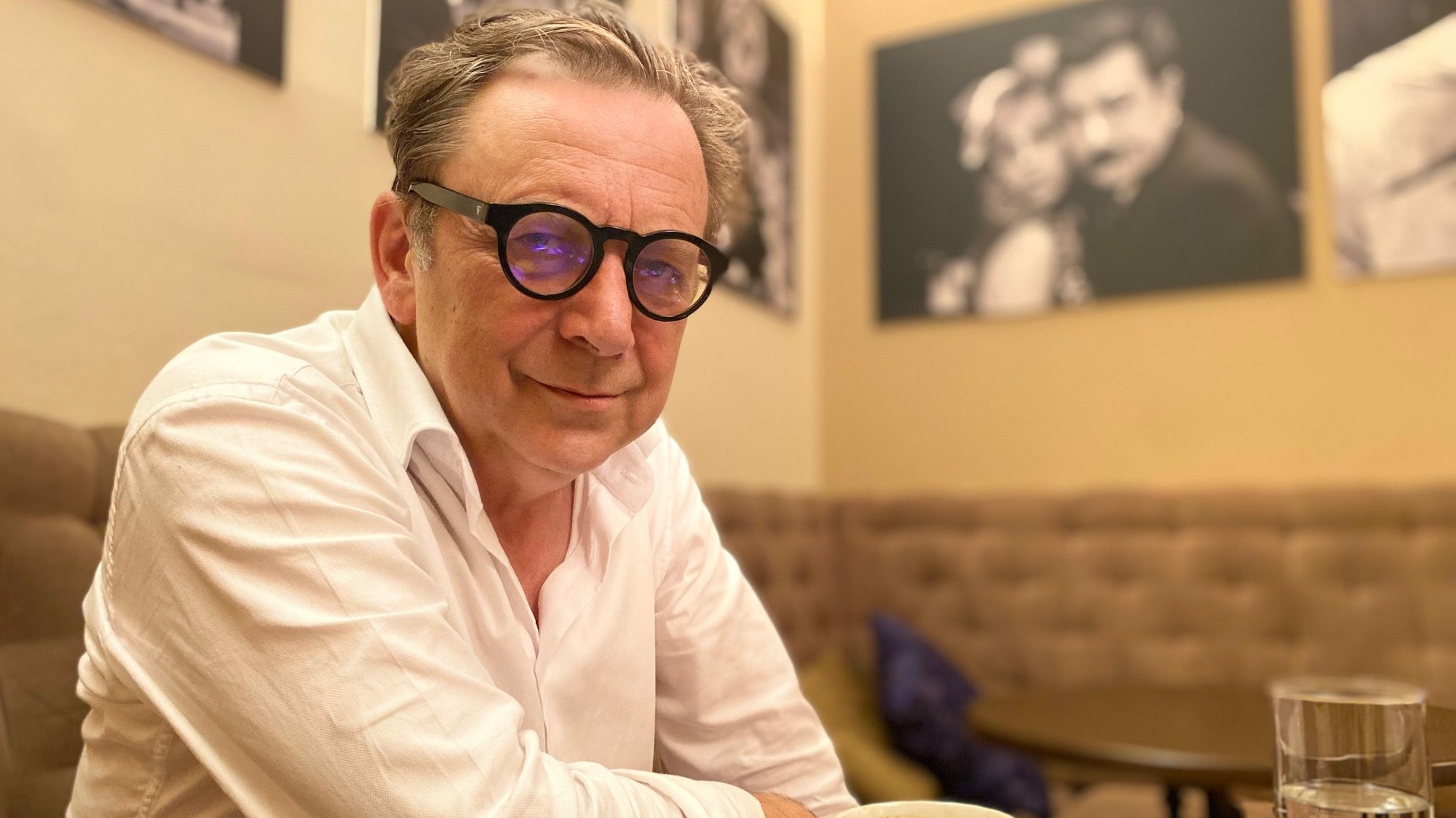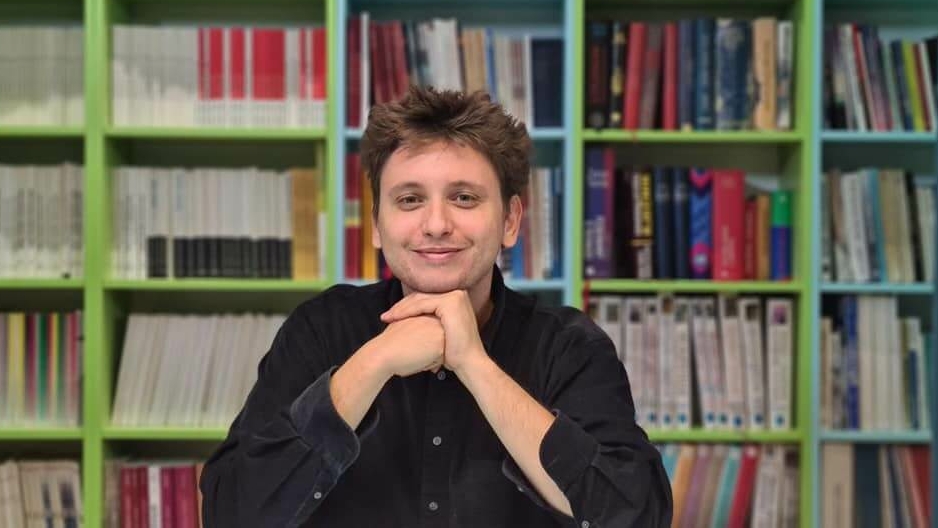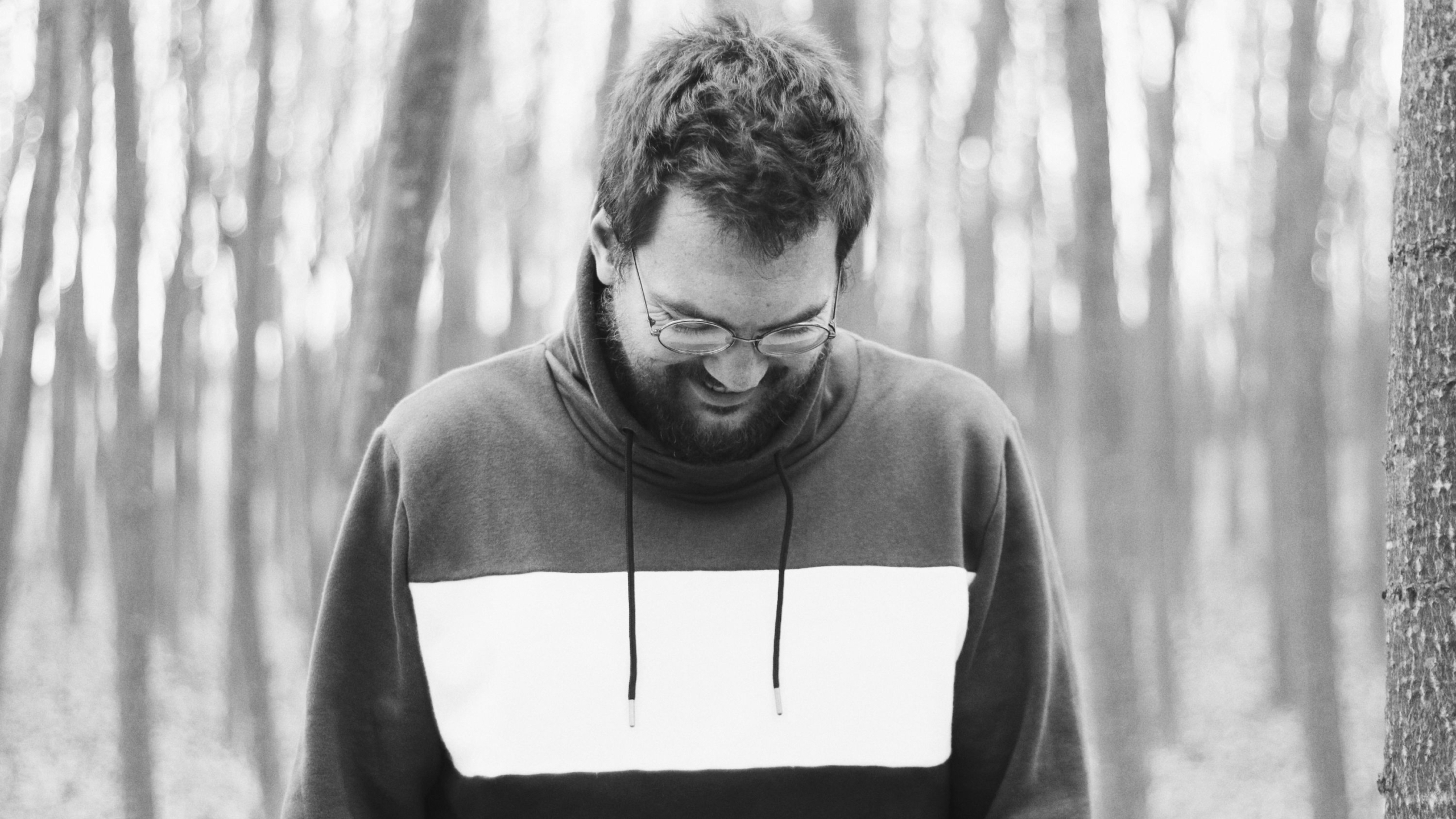On World Refugee Day, the Commissioner for Refugees and Migration of the Republic of Serbia Vladimir Cucić reminded the public of “the devastating numbers and bleak prospects” and added that more than 100,000,000 people are currently refugees or displaced persons because of war, persecution and violence of every kind. “The tragedies of the new crises must not overshadow the old problems of refugees from Croatia and Bosnia and Herzegovina from the wars of the 1990s, as well as the needs of 200,000 internally displaced persons from Kosovo and Metohija,” the Commissariat emphasized. Many Serbian citizens who lost their homes in the conflicts of the 1990s still have refugee status. We talked to the commissioner Vladimir Cucić about their status, the problems they face and the refugee issue in Serbia.
The wars on the territory of the former Yugoslavia ended more than 20 years ago, and problems of the displaced and refugees still exist. How many people expelled from Croatia still have refugee status?
As of this moment, 17,334 persons from the Republic of Croatia have refugee status in Serbia. But this is not adequate data because these people are in a kind of a limbo. Not making a decision after 30 years and more is a terrible problem. What usually happens is that most members of a family take the Serbian citizenship and return to Croatia, leave for a third country or pass away while one or two members of the family deliberately retain their refugee status. I think there is a great fear, especially among the elderly, that they will lose something by taking the citizenship. Serbia enabled everyone who came, and these are not only Serbs, to get Serbian citizenship. A quarter of the people who came from that area are not Serbs. Some are Croats, people who identified as Yugoslavian, Bosniaks (previously called Muslims), Romani people and others. This shows that these people had trust in this country. More than 650,000 refugees from the former Yugoslav republics and 210,000 displaced persons from Kosovo and Metohija came to Serbia. Every eighth, ninth person you meet on the street did not live here before 1991, and all the changes in the demographic structure are the result of people coming here and not of us expelling someone.
Needs in Serbia, rights in Croatia
Even some of the people who successfully integrated into Serbian society still have many unresolved problems. What are their biggest problems, and why haven’t they been resolved yet?
The basic prerequisite for integration is a roof over one’s head. Integration in Serbia means citizenship, housing, pension, employment… Serbia takes care of the needs of these people, but their rights must be ensured by their country of origin. The problems they have with their country of origin, in this case the Republic of Croatia, are the problem of accessing usurped property and agricultural land, unpaid pensions, rebuilding of property and others.
Have you successfully cooperated with Croatia on resolving any of these issues so far?
The process of regional and bilateral cooperation with the Republic of Croatia has contributed to resolving some ongoing issues. This has not been hindered by political issues, especially when it comes to the exchange of information about persons applying to resolve the housing issue in order to prevent double users and facilitate the procedures for obtaining documents. The deadline for the applications for housing care in the Republic of Croatia has been extended. Housing units from the housing program can now be bought. The procedure of validating years of service has been expedited, and savings in dinars are now being paid out.
What did the process of the integration of refugees and expelled persons look like?
That depended on the funds the Republic of Serbia had at its disposal and on the donors. The integration is still ongoing. Using budget and donated funds, Serbia provided housing for over 25,000 families from Bosnia and Herzegovina and Croatia and internally displaced persons from Kosovo and Metohija. More than 22,300 families have been economically strengthened. The Regional Housing Program will provide housing for additional 1200 families. Yearly, the funds for the housing care and economic strengthening of 400-500 refugee families and families of internally displaced persons are secured from the budget of Republic of Serbia. Unfortunately, there are still between 8500 and 10,000 refugee families and 15858 families of internally displaced persons that need such help.
The term “expelled person” was officially introduced after Operation Oluja. Refugees are those who came earlier, and peaceful reintegration then brought a third category. It was important that the people had the right to work. Many people at that time seriously considered returning. They hoped the situation would settle down, especially because that did happen to some degree in Bosnia. International guarantees had effect; Annex 7 to the Dayton Peace Agreement guaranteed the restitution of all property rights in Bosnia. Within three years, all the rights a person had were restored. People got their apartments and pensions back. There was no such international guarantee in Croatia, and had there not been so much pressure on Croatia to resolve certain issues before joining the EU, problems from 20 years ago would still be unresolved. Serbia then enabled people to become citizens in the early 2000s, and that concluded the story around integration – when you are a citizen, you can work. Of course, at that time it was difficult for both local people and refugees to find jobs. The problem of secondary migrations also arose. The biggest loser is the one left with an empty land. Serbia got 650,000 new citizens in a very difficult way. When you look at it that way, the losers are only those who banished them. The next step was for their children to leave, too.
A new city the size of Kraljevo
There will soon be a census in Serbia, so many of the numbers will be more precise. When it comes to the demographic situation, your organization is one of the few that implement very concrete measures?
The mechanism is called Migration Councils. They exist in every municipality, and the members are mayors, their deputies, the heads of social work centers, kindergartens, schools, the police and so on. Every municipality has our trustee for refugees and migrations. With time, we will move to migrations and demography. We have a budget for every municipality, and many housing solutions have been funded from the budget. We thought we would make a new city the size of Čačak, and we ended up making a city the size of Kraljevo and bigger. We were able to significantly reduce the emigration of refugees.
The return of expelled Serbs ended long ago. What were the greatest obstacles for the return of a more substantial number of people?
The return of refugees is still ongoing, but the number of returnees is negligible. The Commissariat offers free transport of belongings to returnees, and ten families return on average every year. According to the data of the Central State Office for Reconstruction and Housing Care of the Republic of Croatia, 133,000 people returned to Croatia. Research done by UNHCR and the Faculty of Geography in Zagreb states that the sustainability of return is 40%. The Commissariat estimates that some 70,000 persons returned to Croatia. Due to the inability to realize their rights, they often return to Serbia or leave for other countries.
In what stage is the Regional Housing Program? It seems that the provision of housing for many families is still ongoing. Is there an end in sight for the problems of refugees?
The Regional Housing Program is in its final phase. So far, 6,393 refugee families have been provided with housing through it. By the end of the program mid-next year, around 1200 more cases will be resolved. Mostly apartments will be awarded – 152 in Futog, 250 in Ovča, 44 in Subotica, 40 in Vršac, 25 in Šabac, 20 in Vrnjačka Banja… Unfortunately, even after the Regional Housing Program ends, some 10,000 refugee families will not have resolved their housing issue.
It is often forgotten in the public what a difficult situation Serbia was in after the 1990s. There were places with more refugees than inhabitants, and it wasn’t easy helping everyone. A lot of progress has been made in resolving these problems, but, expectedly, there are still comments that it all takes too long. How do you respond to that?
In Bosnia, 72,000 cases of restitution of property to people who were in Serbia were resolved in three to four years. In Croatia in the same period, from 1998 to 2002, nothing was returned. More serious efforts and negotiations started in 2008, when Croatia was obliged to enter the process after the Belgrade and Sarajevo Declarations. Is it slow? It is incredibly slow. Would anything have been solved had we not stubbornly insisted all these years? It would not have.
The work is enormous, and I thank the European Union and the UN system for the incredible pressure they put on some parties so they realize it’s all about the ordinary people, be they Jovan, Ante or Mustafa. They must have what is theirs; they didn’t even start the war, yet they suffered in it the most. That is why everything moved so slow. The needs are in Serbia, and the rights are in Croatia. I am more than satisfied. Around 10,000 families, both from Bosnia and Croatia, still need help. It is not a small number, but it is one we can deal with in a reasonable period.
It started with urbicide
The biggest donor of the Regional Housing Program, implemented in Serbia by the Commissariat for Refugees and Migration, is the EU. Croatia is a part of the EU. What is its role in this project?
Apart from the EU, there are 14 other countries that donate to the Regional Housing Program. The needs in Croatia were great, but it requested very little from the program. Not one building was built in Zagreb, Šibenik, Rijeka, Bjelovar or Osijek. Two were built in Vukovar, where half the users are war veterans, and half are returnees. In the area where the loss of property rights was greatest, nothing has been done. It is very well known who fled which areas, and when you compare that with this type of reconstruction, it is perfectly clear someone took great care not to enable the return to cities. An unimaginable urbicide was carried out. If you ask Croat kids now who the Serbs are, they will probably tell you they are peasants, tractor drivers. But how is someone a tractor driver if they lived in Maksimir? The urbicide started in 1990-1991. The sign that you really accepted me would have been the construction of at least one small building. Those twenty apartments or so wouldn’t disrupt Zagreb’s ethnic structure. That would be a great message, but, unfortunately, it never happened. I wish Croatia had applied for 300,000,000 and used them because that would have meant that money was spent on refugees and displaced persons. It’s lucky Croatia applied for as much as it did, and that was only because it had to. Croatian policy toward the Serbs has been very consistent and clear.
You work with one of the most vulnerable social groups. How sensitive to their problems is society?
There are even more vulnerable ones. I remember a list was being made in the nineties, so they went everywhere, including a kindergarten somewhere. As part of a program of psychosocial support, they asked the kids if there were refugees in the kindergarten. And the kids said, “No, it’s only us children here.” Well, that’s how it is everywhere today. There are three municipalities which had two times more refugees than the domestic population. Two of those municipalities are now among the most developed in Serbia.
You witnessed very difficult life stories and experiences. How do you stay calm and keep the tragedy and injustice from overcoming you?
I’ve been doing this job my whole life. I spent my life alongside poor people and those who had lost someone. There wasn’t much laughter, but there was much joy. When I started working here, some friends told me it was nice that I could be “Santa Claus” in this job. And then I realized that wasn’t easy either. Someone needs a scholarship secured, someone a prosthesis, someone an apartment, someone just papers so that they can take care of everything themselves; most need advice or information, and some still need food aid, which is horrible… We play the smallest part in creating the program – it is created by those who need it. And when you manage to respond to at least a part of the requests, and when, after a while, people take it for granted that you do it, it must mean you are doing a decent job. And, as long as I am here, I will give my best to get all the money to those who need it. It is my job and the job of all those who work here.
Translation from Croatian: Jelena Šimpraga

This post is also available in: Hrvatski







